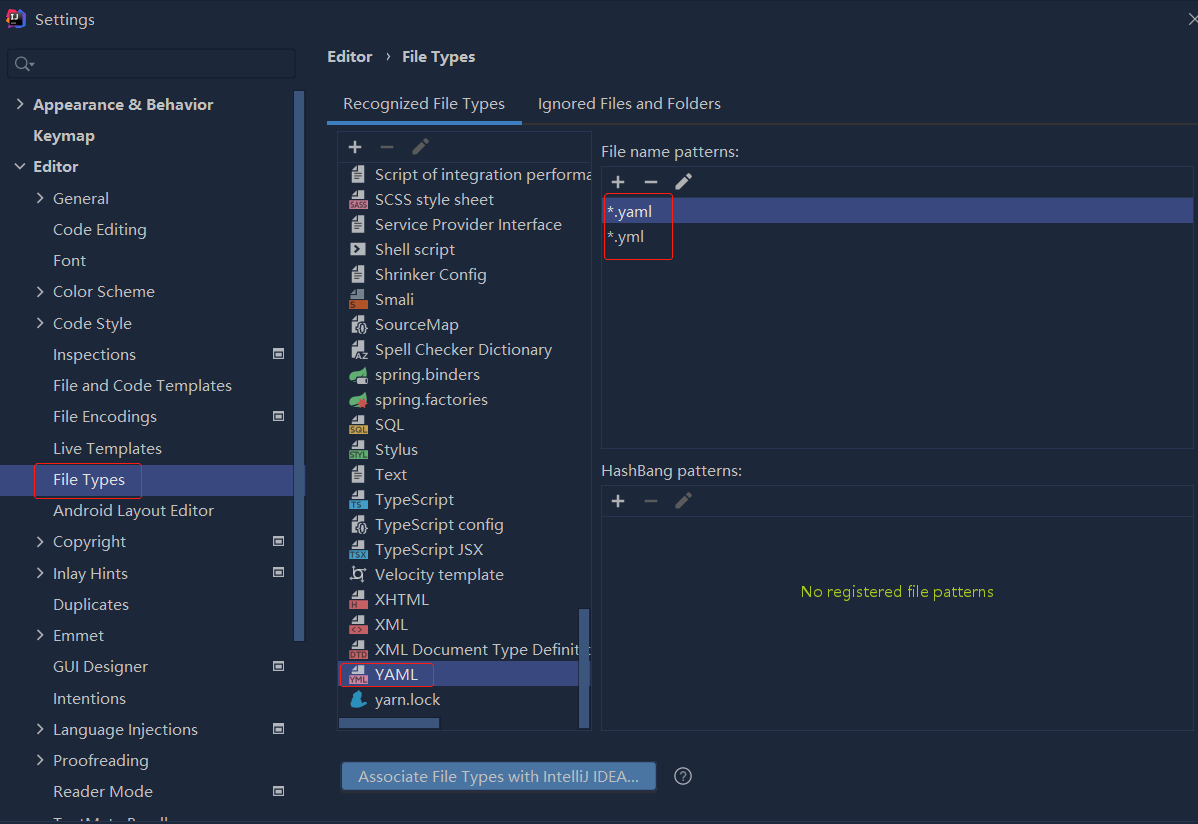问题描述
|
我在SlimDX March SDK中遇到问题(我相信对于DXSDK11 June 2010)。问题在于,每当我将深度视图附加到输出合并状态时,屏幕上都不会得到任何输出。我已经将我的代码与DX11示例进行了比较,这似乎是正确的。我已经尝试了用于深度测试的各种标志和格式(包括始终通过等),但是似乎没有任何效果。如果有人发现错误,我将不胜感激。这是代码。步骤如下:
初始化后台缓冲区:
D3DDevice device;
SwapChain swapChain;
/// Create the swap chain
SwapChainDescription desc = new SwapChainDescription()
{
BufferCount = 1,ModeDescription = new ModeDescription
{
Width = ContextSettings.Width,Height = ContextSettings.Height,RefreshRate = new SlimDX.Rational(ContextSettings.RefreshRate,1),Format = ContextSettings.BufferFormat,},IsWindowed = !ContextSettings.FullScreen,OutputHandle = WindowHandle,SampleDescription = new SampleDescription(1,0),SwapEffect = SwapEffect.Discard,Usage = Usage.RenderTargetOutput,};
FeatureLevel[] featureLevels = new FeatureLevel[] { FeatureLevel.Level_11_0,FeatureLevel.Level_10_1 };
DriverType driverType = DriverType.Hardware;
D3DDevice.CreateWithSwapChain(driverType,DeviceCreationFlags.Debug,featureLevels,desc,out device,out swapChain);
Device = device;
SwapChain = swapChain;
/// Setup window association
Factory factory = swapChain.GetParent<Factory>();
factory.SetWindowAssociation(WindowHandle,WindowAssociationFlags.IgnoreAll);
/// Setup back buffers and render target views
RenderBuffer = DXTexture2D.FromSwapChain<DXTexture2D>(swapChain,0);
RenderView = new RenderTargetView(Device,RenderBuffer);
Format depthFormat = Format.D32_Float;
Texture2DDescription depthBufferDesc = new Texture2DDescription
{
ArraySize = 1,BindFlags = BindFlags.DepthStencil,CpuAccessFlags = CpuAccessFlags.None,Format = depthFormat,Height = width,Width = height,MipLevels = 1,OptionFlags = ResourceOptionFlags.None,SampleDescription = new SampleDescription( 1,0 ),Usage = ResourceUsage.Default
};
DepthBuffer = new DXTexture2D(Device,depthBufferDesc);
DepthStencilViewDescription dsViewDesc = new DepthStencilViewDescription
{
ArraySize = 0,Dimension = DepthStencilViewDimension.Texture2D,MipSlice = 0,Flags = 0,FirstArraySlice = 0
};
DepthView = new DepthStencilView(Device,DepthBuffer,dsViewDesc);
DepthStencilStateDescription dsStateDesc = new DepthStencilStateDescription()
{
IsDepthEnabled = true,IsStencilEnabled = false,DepthWriteMask = DepthWriteMask.All,DepthComparison = Comparison.Less,};
DepthState = DepthStencilState.FromDescription(Device,dsStateDesc);
DeviceContext.OutputMerger.DepthStencilState = DepthState;
DeviceContext.OutputMerger.SetTargets(DepthView,RenderView);
DeviceContext.Rasterizer.SetViewports(new Viewport(0,ContextSettings.Width,ContextSettings.Height,0.0f,1.0f));
Clear();
解决方法
事实证明,在depthBufferDesc中,我将width传递给Height变量,将height传递给Width。这是在创建两个具有不同尺寸的渲染目标,并将其分解。

 依赖报错 idea导入项目后依赖报错,解决方案:https://blog....
依赖报错 idea导入项目后依赖报错,解决方案:https://blog....
 错误1:gradle项目控制台输出为乱码 # 解决方案:https://bl...
错误1:gradle项目控制台输出为乱码 # 解决方案:https://bl...